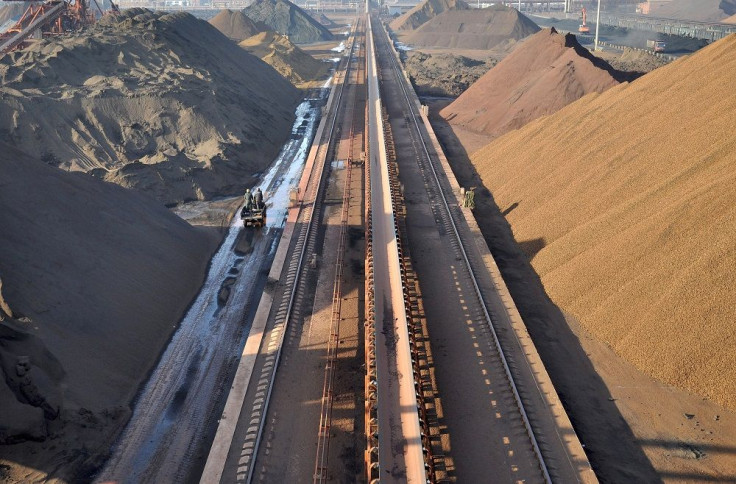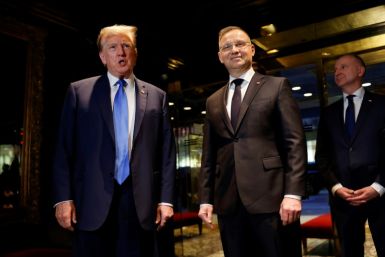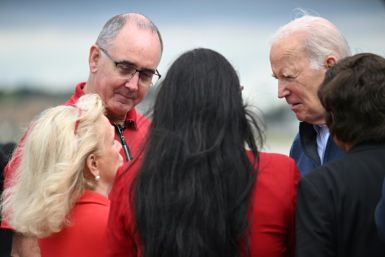Iron ore price slightly goes down to $58.80 per tonne on increased stockpiles in China

The steady climb of iron ore prices the past few weeks hit a snag due to increase stockpiles or the key steelmaking-ingredient in Chinese ports. On Monday, iron ore prices slightly went down to US$58.80 (A$77.41) from US$59.20 (A$77.93), according to The Steel Index.
On the last week of July, stockpiles hit 106.05 million tonnes, the highest level since December 2014, growing 0.4 percent, reports Bloomberg. However, reckoned from a month ago, inventories went up 4.5 percent.
The Australian noted the resilience in prices of the commodity despite hike in inventories. But Goldman Sachs pointed out last week that historically, stockpiles are still at low levels, resulting in the bank hiking its near-term price forecast of iron ore to US$50 (A$65.81). But over the next six months, Goldman Sachs placed its price at US$40 (A$52.65) and US$35 (A$46.06) in the longer term.
Due to the clean-up of the Samarco mine in Brazil after the fatal tailing dam failure in 2015, BHP Billiton and Vale made provisions for it. The closure of Samarco, expected to last through 2016, will result in lower production for the joint venture partners.
Meanwhile, BHP Billiton would have the Fortescue Metals Group as likely competitor for the towage market in Port Hedland. Fortescue, which secured a tugboat licence in May, says it would not just replicate the service. The giant miner plans to spend almost $200 million over the next two years to construct infrastructure needed to operate the tugboats, reports Sydney Morning Herald.
Fortescue plans to begin operating nine tugs in 2019, but the fleet would not be limited to servicing vessels ferrying Fortescue’s iron ore. The miner would compete for the third-party or contestable market, says the miner. BHP used to be the only towage provider in Port Hedland, but it subcontracts the work to logistics and shipping firms.






